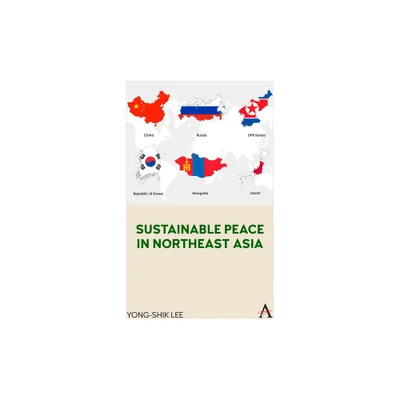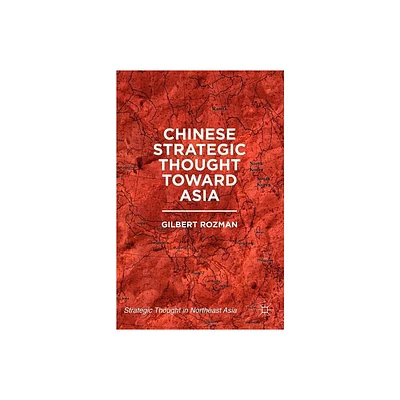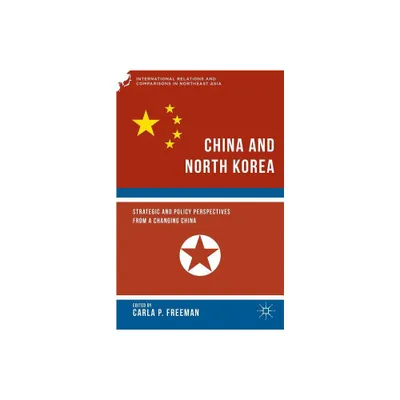Home
Competing Imperialisms Northeast Asia: New Perspectives, 1894-1953
Loading Inventory...
Barnes and Noble
Competing Imperialisms Northeast Asia: New Perspectives, 1894-1953
Current price: $180.00


Barnes and Noble
Competing Imperialisms Northeast Asia: New Perspectives, 1894-1953
Current price: $180.00
Loading Inventory...
Size: Hardcover
*Product Information may vary - to confirm product availability, pricing, and additional information please contact Barnes and Noble
In the late nineteenth and early twentieth centuries, Japan, China, and both Tsarist Russia and later the USSR, vied for imperial dominance in Northeast Asia. In the process, they contested and at the same time adopted many of the physical and rhetorical features of Old-World imperialism, mitigated by domestic political forces and deeply ingrained cultural and historical values.
With chapters written by scholars from Europe and Asia, including Russia, this collection offers new international and interdisciplinary perspectives on competitions between imperialisms in Northeast Asia in the period 1894–1953, exploring encounters between old rivals and new protagonists. Bringing together specialists from different disciplines and drawing on newly discovered and hard-to-access sources, it presents a uniquely comparative and holistic perspective on the symbiotic relationships between these regional powers and resistance to them. The contributors focus on four key areas: ideology, rivalry and territoriality, social factors, and visual representations.
A valuable resource for students and scholars of modern Northeast Asian history, and highly pertinent to understanding the imperial posturing between some of the same protagonists today.
With chapters written by scholars from Europe and Asia, including Russia, this collection offers new international and interdisciplinary perspectives on competitions between imperialisms in Northeast Asia in the period 1894–1953, exploring encounters between old rivals and new protagonists. Bringing together specialists from different disciplines and drawing on newly discovered and hard-to-access sources, it presents a uniquely comparative and holistic perspective on the symbiotic relationships between these regional powers and resistance to them. The contributors focus on four key areas: ideology, rivalry and territoriality, social factors, and visual representations.
A valuable resource for students and scholars of modern Northeast Asian history, and highly pertinent to understanding the imperial posturing between some of the same protagonists today.


















